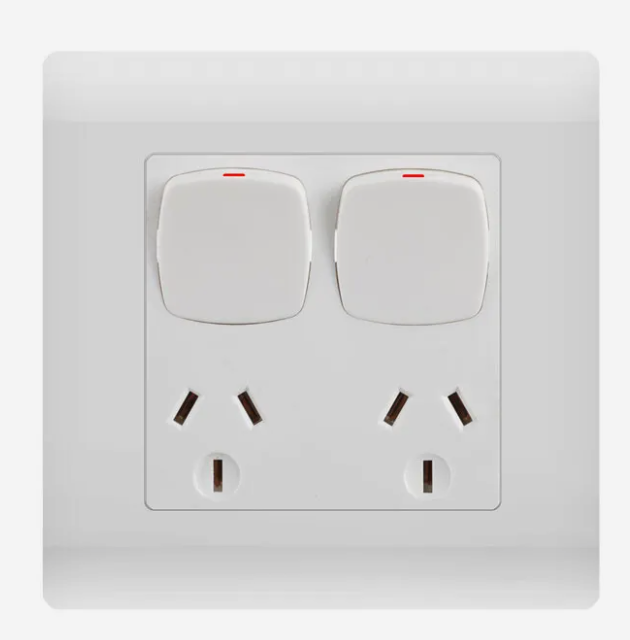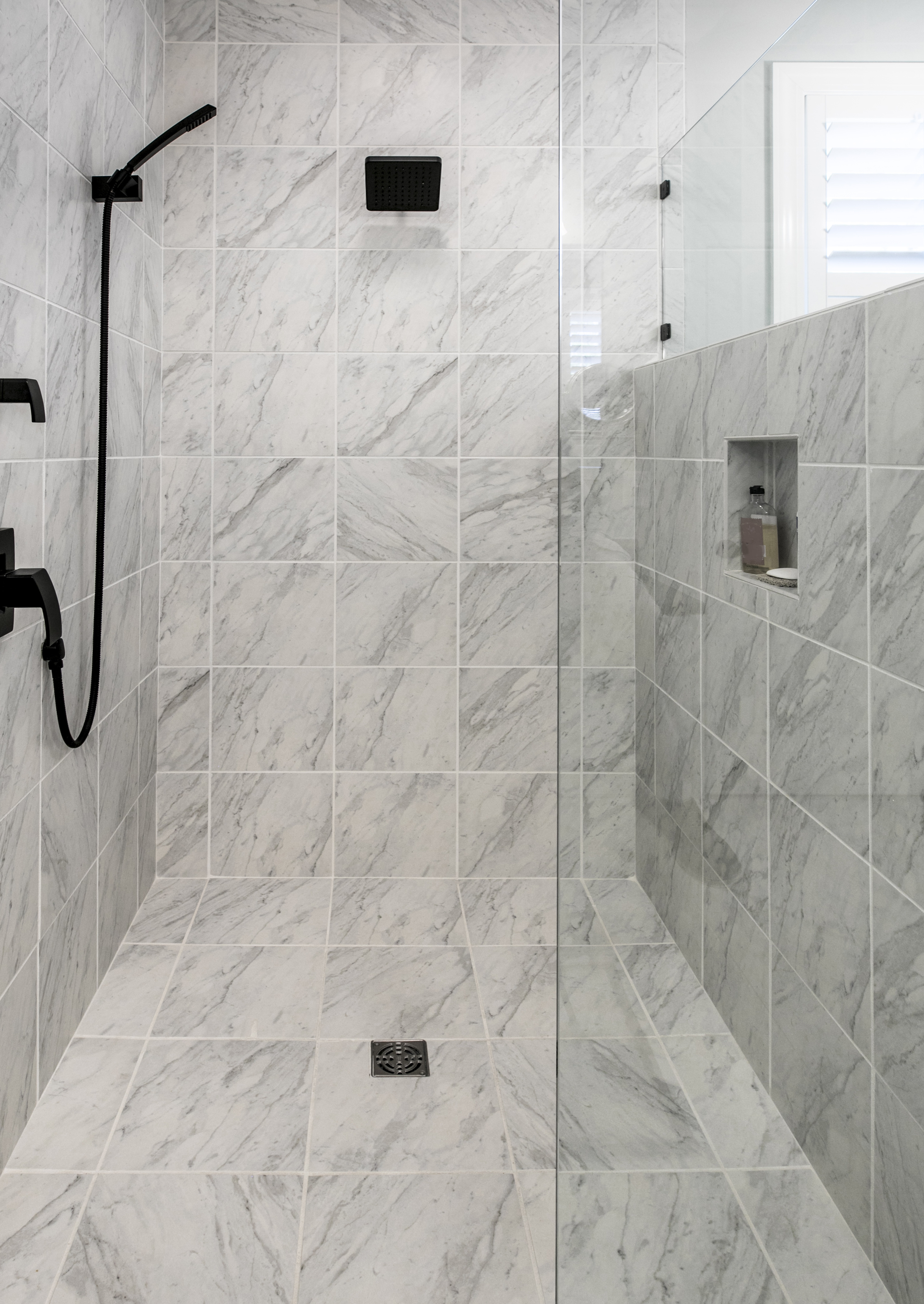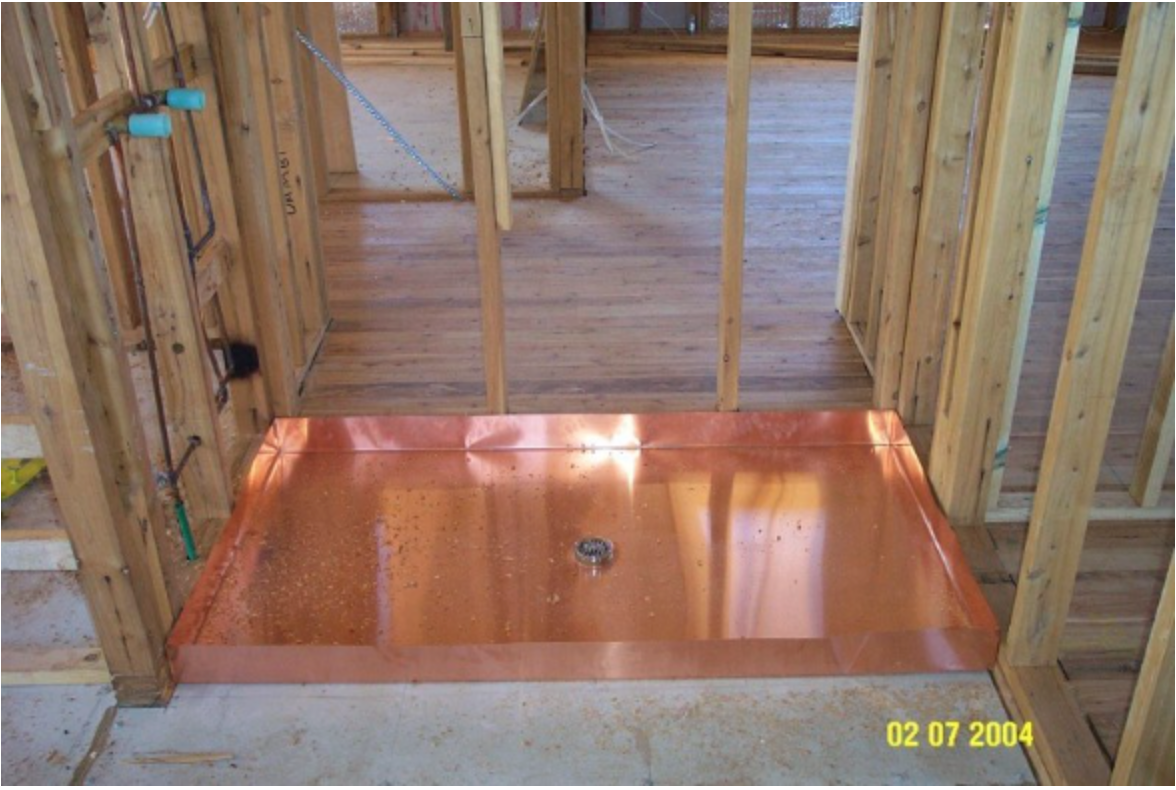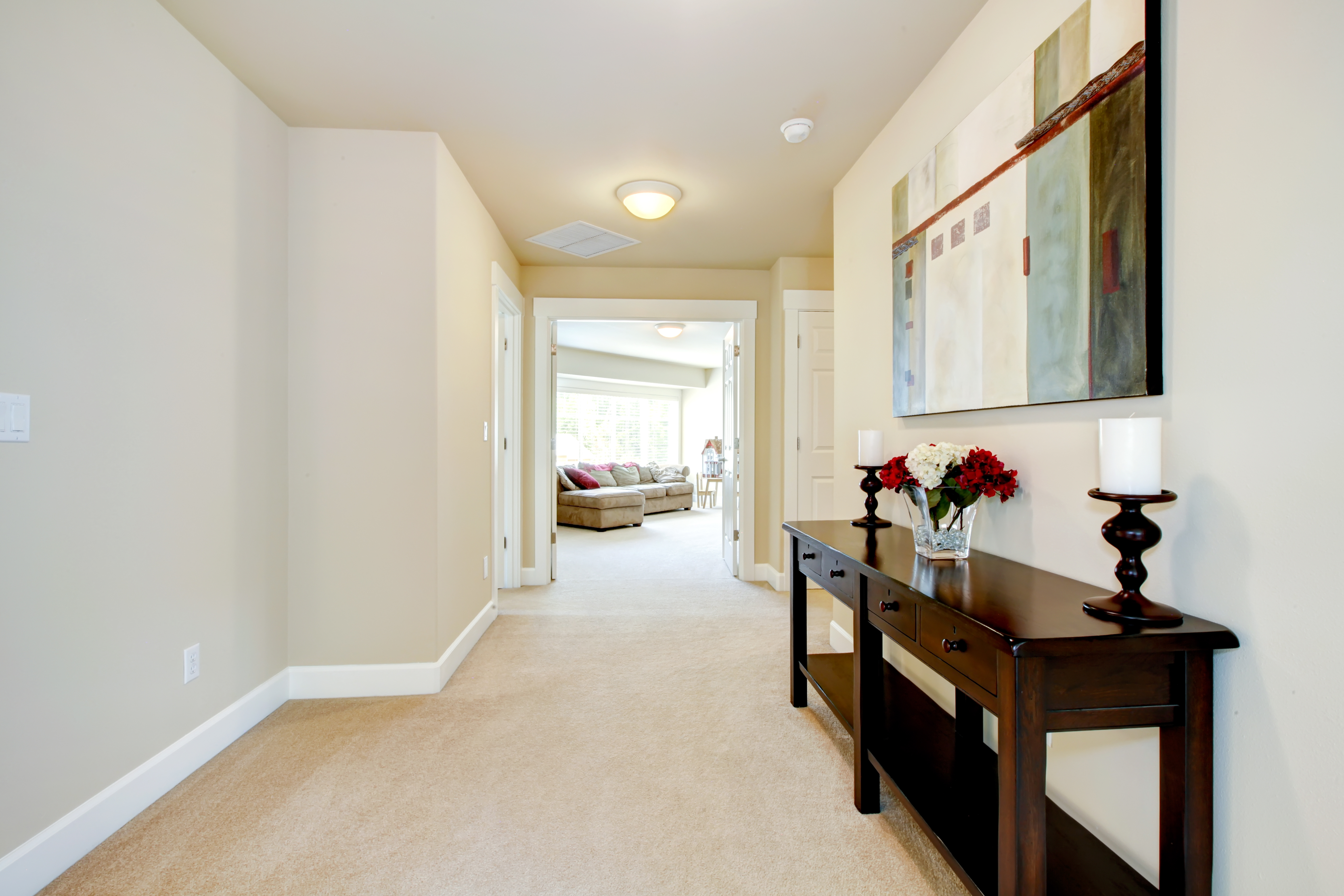
What's the Law?
In NSW there is a new regime for renovating apartments that was introduced in 2021, see
Design and Building Practitioners Act 2020 No 7 - NSW Legislation
.
These laws arose out of the immense impact on apartment schemes by shoddy building work conducted unlawfully, and, without due regard to the designed compliance with the National Construction Code, or the qualities required by the Australian Standards.
The Building Commission has identified that as much as 70% of building defects revolve around defective waterproofing design and installation, resulting in very expensive repairs and maintenance bills incurred by strata plans across the state.
To meet its objectives the Building Commission requires Design Declaration statements from registered design practitioners for regulated design prior to the carrying out the work, and these declarations must be uploaded to the NSW Government Planning Portal for the Building Commission’s records. The work must then be carried out by building practitioners registered under the scheme for this class of building (Class 2 apartment), and verified by certification from the design practitioners upon completion.
What are the requirements?
It is unlawful to conduct apartment renovations as a home owner, unless it is completely exempt from the Building laws. Any work performed without the required certification and records, will need to be re-constructed to avoid future losses.
Obviously there are very limited exceptions which I have extracted from the Office of Fair Trading website for your convenience:
Some building work on a regulated building class (currently 2, 3 & 9c) is excluded from needing a compliance declaration under the DBP legislation. This includes where the building work is:
• valued at less than AU$5000 including labour and materials (excluded under the Home Building Act)
• exempt under environmental planning except waterproofing work
• waterproofing work within a single dwelling carried out as a result of alterations to a bathroom, kitchen, laundry or toilet and which is exempt development
• being done under a HomeBuilder grant
• being done under a council order except related to cladding
• being done under a development control order except related to cladding
• for the maintenance of a component of a building including a fire safety system except a load-bearing component that is essential to the stability of a building
• for the maintenance of a component of a system in the building for mechanical, plumbing or electrical services
• electrical or plumbing work that is a performance solution for building work, other than work for a building element
• the subject of a development consent but is not work for a building element or performance solution for building work (work not requiring a regulated design)
• a non-structural* fit-out only for class 5, 6, 9a or 9b parts
• exempt from Building Code of Australia (BCA) under clause 164B, 187 or 188
• the installation of an awning, blind or canopy over a window or door
• the installation of a roofed structure over a balcony, deck, patio or terrace, whether open or enclosed, unless the roofed structure is installed above the existing topmost roof of the building.
Once the work required to be performed is work by, or on behalf of, a registered building practitioner under this act, it must satisfy the National Construction Code, as this is the obligation of that builder.
For a bathroom renovation, for instance, valued at $5000, the following design practitioners are required:
- · Architect
- · Hydraulic Engineer
- · Mechanical Engineer
- · Waterproofing (Can be certified by the architect)
- Electrical Engineer
And, the building practitioner registered under the Act, must complete the bathroom work in accordance with NCC 2022 clauses.

These clauses of the NCC are critical :
F2D4N
Floor Wastes
(2)Where a floor waste is installed—
(a)the minimum continuous fall of a floor plane to the waste must be 1:80; and
(b)the maximum continuous fall of a floor plane to the waste must be 1:50.
F2D2 Wet area construction
(1)In a Class 2 and 3 building and a Class 4 part of a building, building elements in wet areas must—
(a)be water resistant or waterproof in accordance with Specification 26; and
(b)comply with AS 3740. :2021 Waterproofing of Domestic Wet Areas
F6D7 Natural ventilation
(1)Natural ventilation provided in accordance with F6D6(a) must consist of openings, windows, doors or other devices
which can be opened—
(a)with a ventilating area not less than 5% of the floor area of the room required to be ventilated; and
(b)open to—
a suitably sized court, or space open to the sky; or
an open verandah, carport, or the like; or
an adjoining room in accordance with F6D8.
F8D4 Exhaust systems
(1)An exhaust system installed in a kitchen, bathroom, sanitary compartment or laundry must have a minimum flow rate
of—
(a)25 L/s for a bathroom or sanitary compartment; and
(b)40 L/s for a kitchen or laundry.
(2)Exhaust from a kitchen, kitchen range hood, bathroom, sanitary compartment or laundry must discharge directly or
via a shaft or duct to outdoor air.
(3)Where space for a clothes drying appliance is provided in accordance with F4D2(1)(b), space must also be provided
for ducting from the clothes drying appliance to outdoor air.
(4)(3) does not apply if a condensing-type clothes drying appliance is installed.
(5)An exhaust system that is not run continuously and is serving a bathroom or sanitary compartment that is not ventilated
in accordance with F6D7 must—
(a)be interlocked with the room’s light switch; and
(b)include a run-on timer so that the exhaust system continues to operate for 10 minutes after the light switch is
turned off.
(6)Except for rooms that are ventilated in accordance with F6D7, a room with space for ducting a clothes drying appliance
to outdoor air in accordance with (3) must be provided with make-up air in accordance with AS 1668.2
See also NCC Specification 26.
Does the work fall within the exceptions noted above?
Whenever the work, including labour and materials , exceeds $4999, the BDPA is triggered. In my professional opinion, the probable cost of a bathroom renovation, constructed in accordance with the laws of NSW, will normally exceed $15000 plus GST.
Please contact me if you have any questions.
Kind regards
Gary Finn
0414414101
(Cert iv Access Consulting)
Architect Principal #5774 (NSW)
Builder #51908C (NSW)
Access Consultant #435
Principal Design Practitioner #PDP0000496
SDA Accredited Assessor #SDA00039
Sydney Access Consultants
http://www.sydneyaccessconsultants.com.au
Shop 7/438 Forest Road, Hurstville NSW 2220
Phone (02) 95863111 Mobile 0414 414101 This email address is being protected from spambots. You need JavaScript enabled to view it.
*Member of Master Builder's Association;
*Accredited member of the Association of Consultants in Access, Australia
*Member of Association of Consulting Architects, Australia









